Drawn to Cityscapes, Students Find a Home in Bowdoin's New Urban Studies Minor
By Rebecca GoldfineThe creation of the urban studies minor at Bowdoin comes as more people around the world uproot themselves from regions stricken by war, environmental disaster, or economic hardship to search for the promise of a better life in major metropolises. By 2040, it is anticipated that more than 50 percent of the global population will live in urban centers.
Bowdoin students interviewed for this article said they are drawn to the discipline for many reasons—but notable among these was their interest in helping to find solutions to problems that threaten civilization, from rising sea levels and drought, to homelessness, poverty, and social unrest.
Three faculty—Associate Professor of History and Asian Studies Rachel Sturman, Senior Lecturer in Environmental Studies Jill Pearlman, and Assistant Professor of Sociology Theo Greene—developed the new minor after noting a growing number of faculty teaching classes in the field, as well as enduring interest from students.
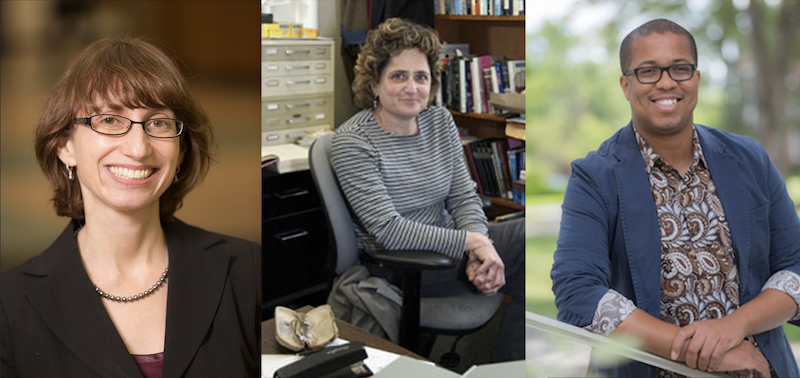
"This is such a dynamic area of study, and a fast-moving field, and we wanted to bring this to our students," said Sturman, who specializes in South Asia. Having a structure for the minor allows Bowdoin faculty to better organize and offer complementary courses, "so students can see that what they learn in one or another of our courses is now part of something larger."
"The city is the center of power, culture, economic wealth, and social interaction. It is the locus for the greatest social problems. It is the place of extremes, where the best and worst of everything is," said Jill Pearlman, who specialize in the history of architecture and urbanism.
Already at least ten students have declared an urban studies minor. They come from a variety of majors: government and legal studies, math, English, environmental studies, economics, history, and computer science.
The breadth of the students' academic interests is reflected in the reach of urban studies, itself, which encompasses urban planning, transportation, architecture, and historic preservation, as well as sociology, history, Africana studies, environmental studies, literature, global studies, economics, and politics.
While Bowdoin students will learn about places as far as Shanghai, Mumbai, Mexico City, Detroit, and London, Greene points out that an intriguing site to study urban dynamics lies just thirty minutes south of campus. An expert in gender, sexuality, urbanism, and culture, he teaches students how to observe and measure social forces such as gentrification and racial segregation.
Portland, population 65,000, is changing quickly, "becoming a kind of boutique place," and it has a growing population of refugees and immigrants. "There are lots of opportunities for students to use Portland as their laboratory," Greene said.
The new urban studies minor includes many courses—across a range of disciplines—that fall broadly under the following categories:
- Urban Planning (e.g., "Building Resilient Communities" and “City, Anti-City, Utopia”
- World Cities (e.g., "Berlin: Sin City, Divided City, City of the Future" and "Gotham: A History of the Modern City")
- Architecture and the Built Environment (e.g., “Modern Architecture,” “The Nature and Urbanism of Frank Lloyd Wright,” and "Temples, Shrines, and Holy Places of Ancient Rome")
- Reading the City: “Cosmopolitanism and Creaturely Life” and “Imagining London in the Eighteenth Century”
- Politics of Urban Inequality (e.g., "Urban education," “Cities and Society,” “Urban Politics,” “Urban Economics,” and "Global Cities/Global Slums of India")
Five urban studies minors describe what appeals to them about the field.
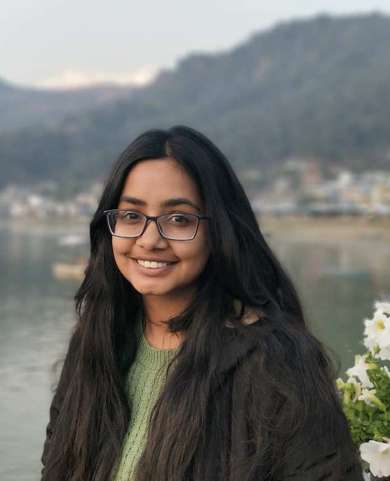
Why are you minoring in urban studies?
I have always been an interdisciplinary person so I have always enjoyed taking classes from multiple disciplines and departments....But I didn't necessarily want to commit to one department for another major/minor. Then I found out about the urban studies minor. I love what the department stands for, especially in terms of the depth of information we can extract through cities, urbanism, and urban planning. What I loved the most was that it encompasses so many different disciplines. I could take classes that would be cross-listed in different departments such as history, anthropology, sociology, Asian studies, and so on....After looking through the course catalogue, I saw that I'd already taken some of the classes listed there and they had in fact, been some of my favorite classes at Bowdoin. So, I knew it was the right decision.
How does your CS major connect to urban studies, if you see them as connected?My CS major doesn't really connect to urban studies and I don't really see them as being connected. Rather, I'd like to think of the minor as my way of taking advantage of the liberal arts education that Bowdoin offers...I think that's the beauty of the liberal arts, because had I not explored different departments and taken different classes, I probably would have just stuck with something in the STEM field, perhaps a math minor.
What are some of the ways you might apply your Bowdoin education in the future?
That's a great question! I hope to work as a software engineer for several years. But because I am also interested in urban and city planning, I am also considering some career paths in that direction.
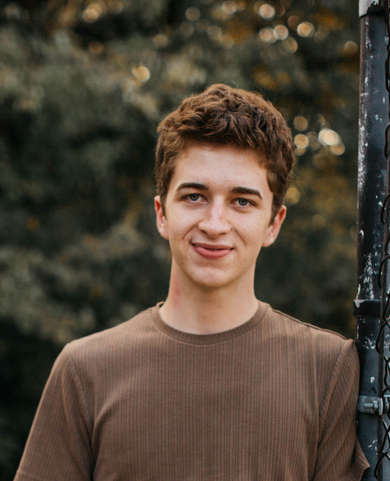
Why are you interested in urban studies?
Growing up in northwest Arkansas and seeing the rapid development from the Walmart headquarters and global office there, I got interested in urbanization and growth. I took Professor Pearlman's class, "City, Anti-City, and Utopia: Building Urban America," in 2019 and it added a whole new perspective—these social and historical layers I hadn’t previously considered. It was fascinating getting to learn about things that happened in nineteenth-century Massachusetts that I could trace back to my little town of Rogers, Arkansas.
Do you think you might pursue something in the field after graduating?
I see myself pursuing a career in urban planning and urban design, whether that’s at a municipal level, working with a city, or going into a planning consultancy working in the private sector. What I am really interested in, and what piqued my interest after taking Professor Pearlman's class, is the felt impact we experience from the built environment, even in subtle ways. The layers and forces that shape our surroundings influence our lives, and that powerful influence can be leveraged in thoughtful, positive ways. We’re dealing with climate change, and now this pandemic, and we will have to envision a new kind of society that will look and feel different because we will have different challenges. Our environment will have to respond accordingly.
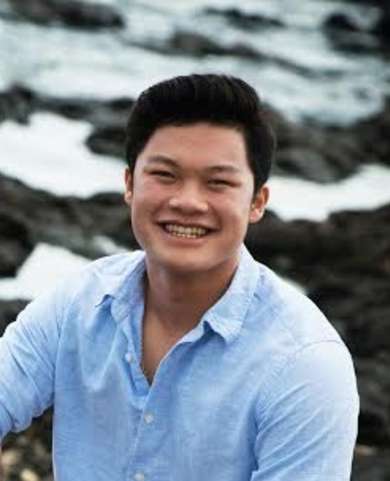
Why are you minoring in urban studies?
I've been interested in urban planning for a while. I interned for Wilson Okamoto Corporation’s Urban Planning Department in Honolulu, where I'm from, and I had an environmental studies fellowship from Bowdoin where I was placed in Brunswick's planning department. So I've had both a city and a small town experience.
The reason I first got interested in urban planning was because of my grandfather. He would tell me about my family's store, Hawaii Importing Company, in Hilo, on the eastern coast of the Island of Hawaii. The store was destroyed twice in the ’46 and ’60 tsunamis. It closed for good soon after 1960. On April Fool’s day in 1946, my grandfather's twelfth birthday, he stood on a hill watching fifty-foot waves demolish downtown Hilo. In that instant, he knew the store, along with its entire inventory, was gone. That sparked my interest in things like green infrastructure and seawalls, and building cities that are resilient to natural disasters, to mitigate the effects of natural disasters on families like mine.
Right now I am applying to urban planning graduate schools. I am interested in working with GIS mainly, and with creative infrastructure, and I want to live in Hawaii.
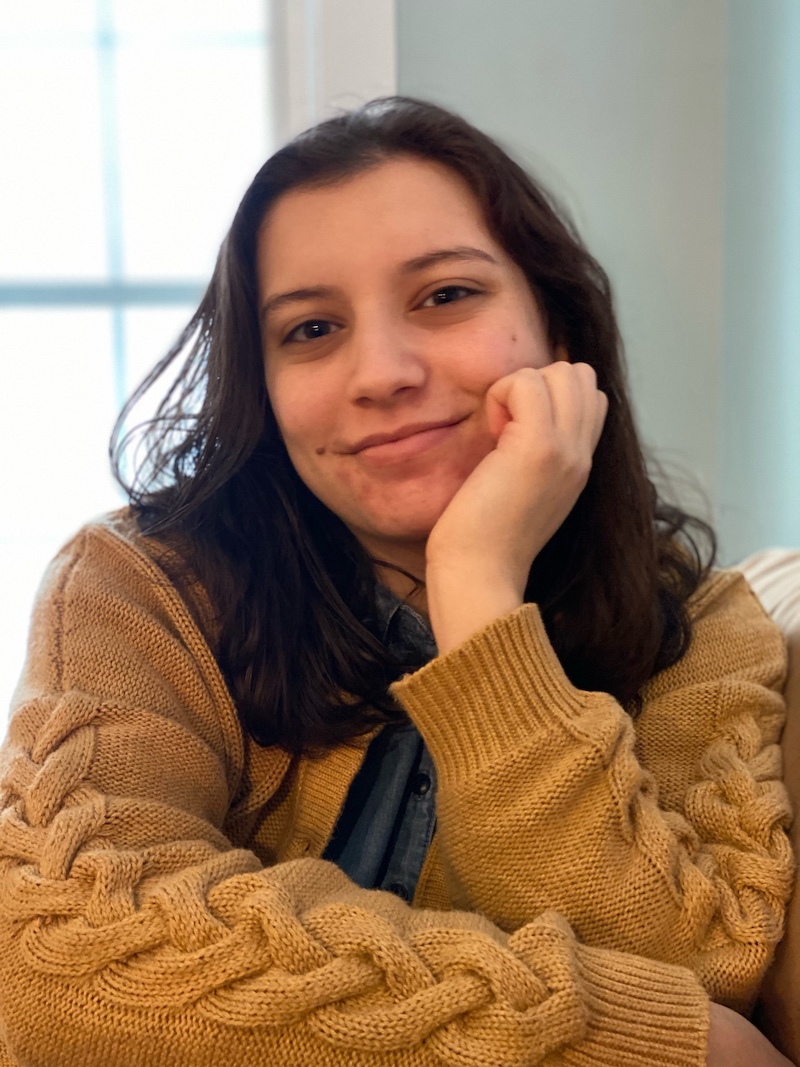
Why are you minoring in urban studies?
Because we now have the minor, I can treat this as a serious discipline and a serious academic path to explore.Otherwise I would have just kept bugging my professors to let me write all my papers about literature and trains! I really like public transportation, trains, that sort of thing, but I didn’t realize it was a field people studied in academia until Bowdoin rolled out the urban studies minor.
What are you looking forward to learning in the minor?
Next year, I have to take an urban studies social science class to balance out my humanities classes, and I haven’t yet explored social sciences at Bowdoin. I'm really hoping to take a class on the sociology of the city, or maybe a GIS class— the tangible skills I’d gain there would be nice to have.
What career paths are you considering?
I am looking at some urban studies graduate programs that would accept students from humanities backgrounds. But I'm also trying to get certified to teach high school English. I see urban studies as a topic of interest for students. The city is a lively place, a place of culture, and our world is rapidly urbanizing. It would be a great lens for me to hopefully connect to students. Or I might work in a city school.
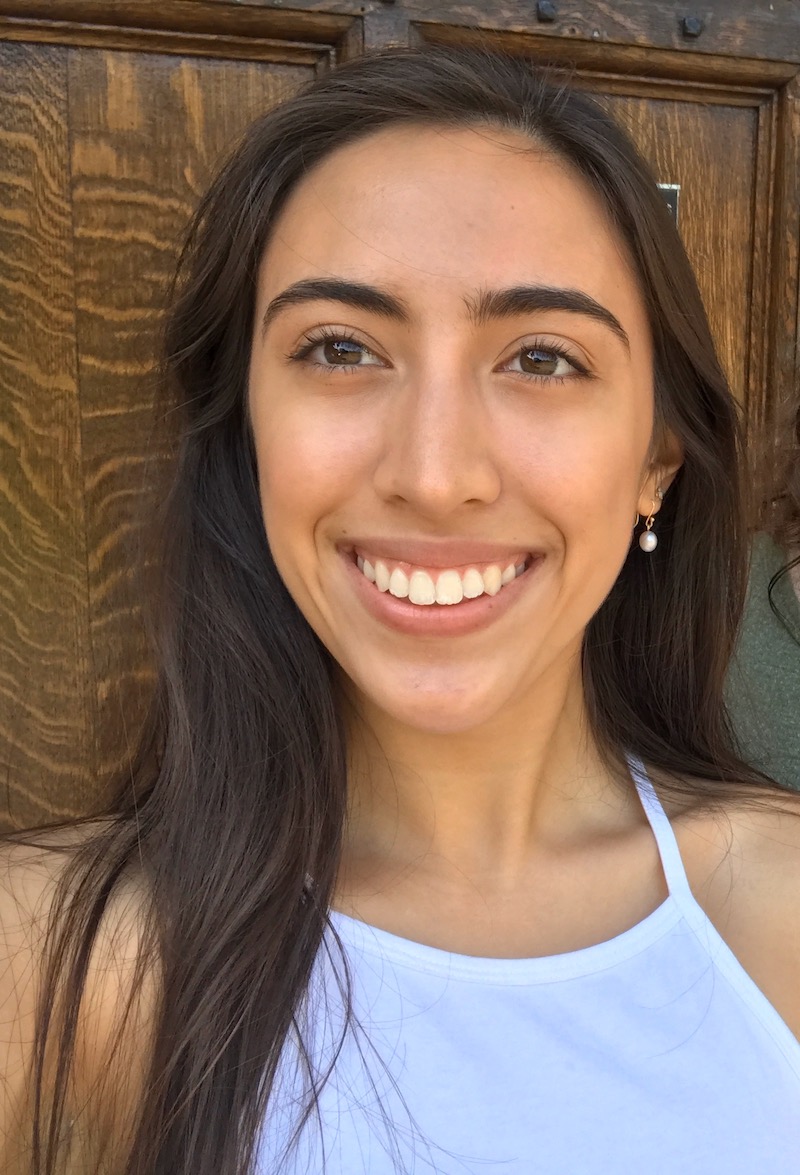
LIANNA HARRINGTON ’21, ENGLISH
Why are you interested in urban studies?
I am looking at how global authors of climate and speculative fiction are engaging with climate change and climate justice while simultaneously modeling a greater sense of interconnectivity, collaboration, and resilience. The novels I’m exploring all situate the historically marginalized at the forefront of climate change narratives, and in doing so, counteract racial stereotypes and prejudices while thinking about future community building. The courses I’ve taken in urban studies work well with my project because they’ve got me thinking about the current sociocultural, architectural, and physical realities of cities today, and how those elements are being questioned, challenged, or changed in these imagined futurist societies.
While my project doesn’t necessarily have a utopian focus, I like to think that the works I examine take a more positive, solutions-based approach to thinking about true futurity. All the authors I’m working with are thinking about ways we can improve the relationship between humans and the earth.
Which authors are you studying?
My project starts with a chapter on Vandana Singh, a writer originally from New Delhi, India, with a background in physics. I’m looking at two short stories by her, “Indra’s Web” and “Reunion.” I’m also writing about on Nnedi Okorafor, a Nigerian-American author, and her book Who Fears Death, and American speculative fiction author N.K. Jemisin’s Broken Earth trilogy.
What parts of urban studies have been most helpful?
The classes have helped me think critically about the ways authors are conceptualizing future cities on physical, architectural, and material levels. It’s been so interesting to think about what goes into structuring urban space so that it can facilitate the wonderful, messy interactions between its inhabitants that make a city great, and how that knowledge can be used in future community building.